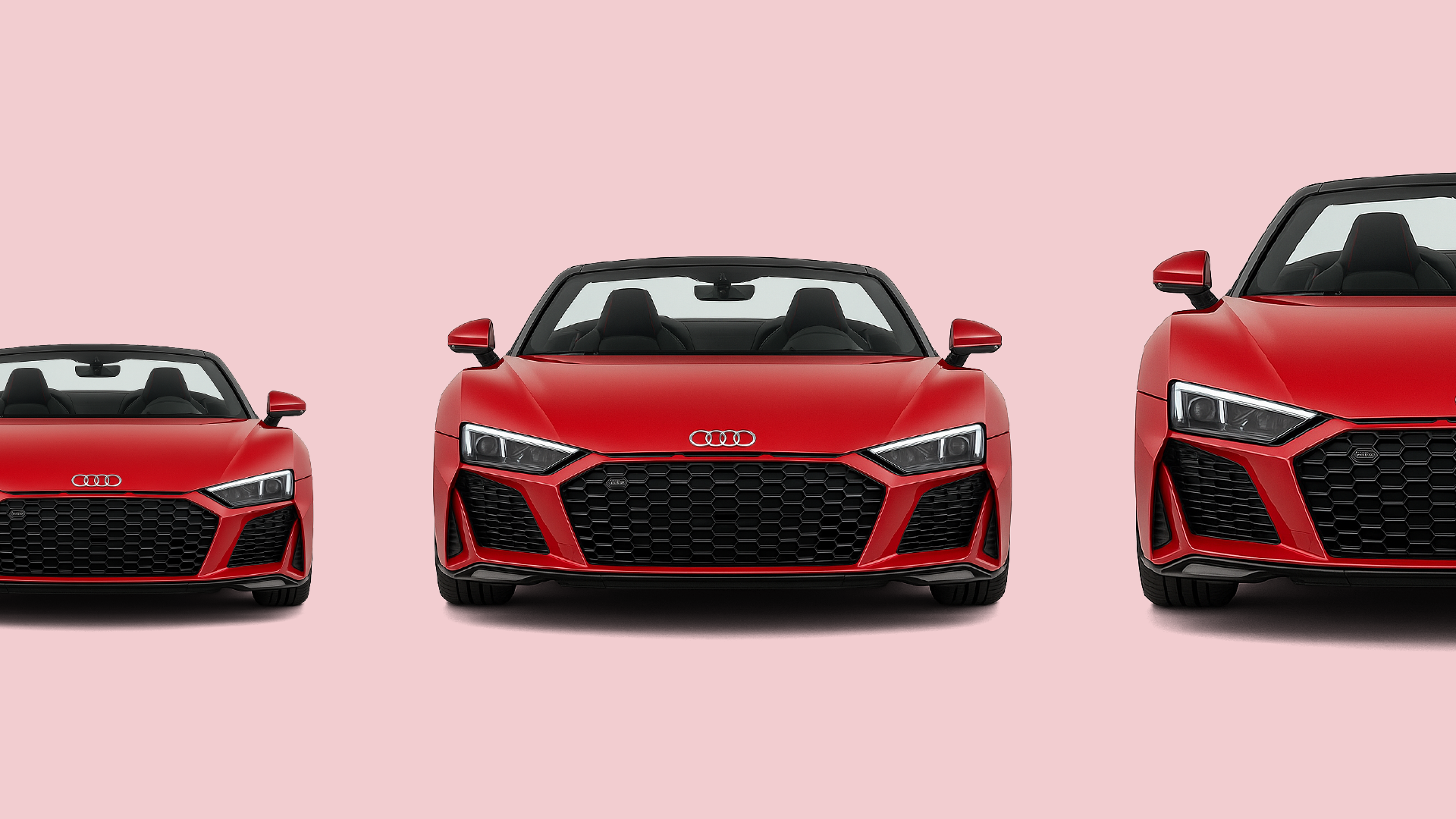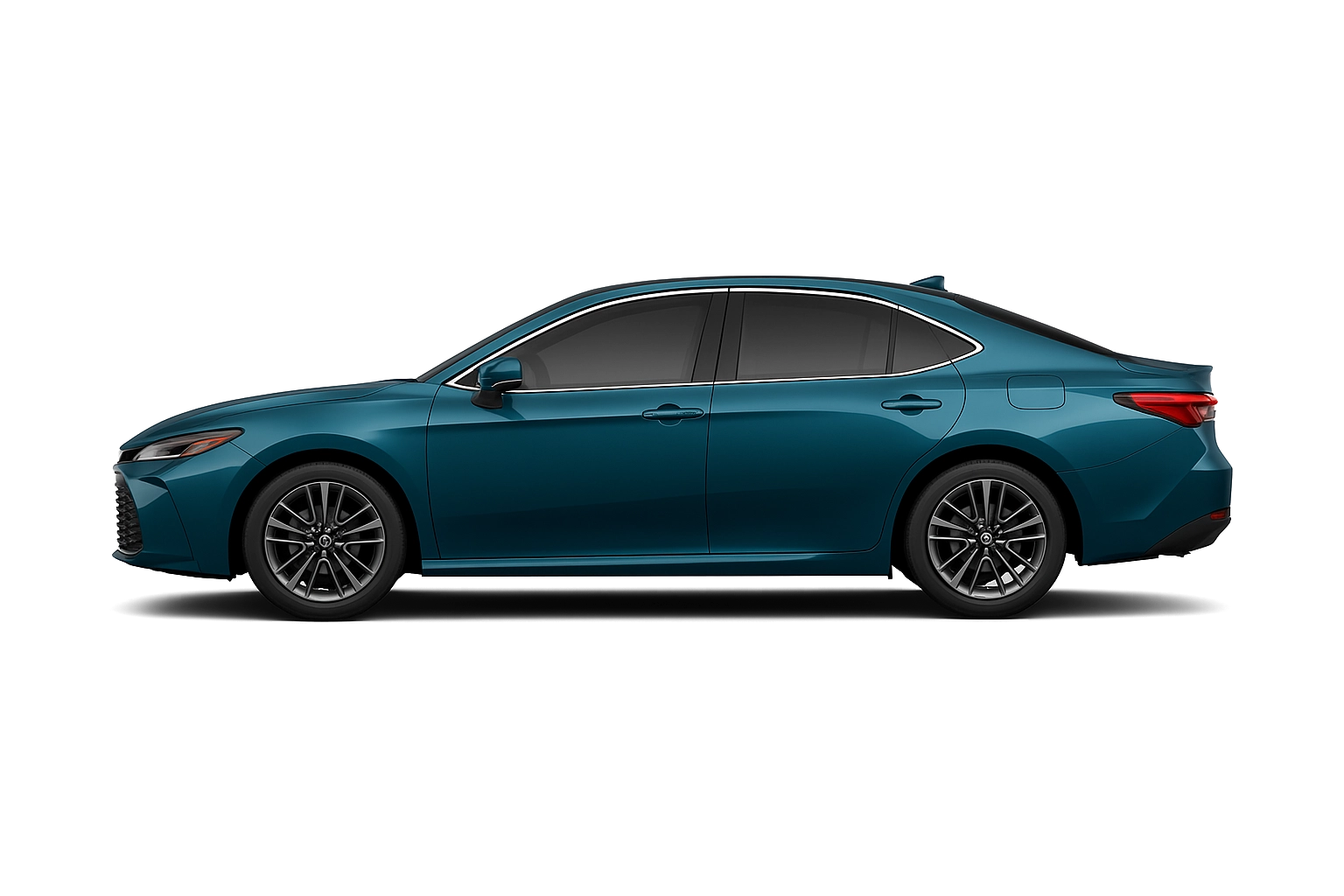How Car Sizes Have Changed over the Last 20 Years

Over the past two decades, cars have grown in almost every way: longer, wider, heavier, and taller. But why is that happening? And what does it mean for drivers, cities, and the planet?
Let’s dig in.
Cars Are Getting Bigger, Better and… Heavier
In the early 2000s, most cars were pretty compact compared to what we see today. Now, even small cars feel larger, and SUVs dominate the roads.
Here’s what’s changed the most:
Length & Width
Sedans are roughly a foot longer than they were in the early 2000s.
SUVs and crossovers now often top 200 inches in length and stretch over 75 inches wide. That extra width adds cabin space and road presence, but also means tight squeezes in older parking spots.

Weight
The average car today weighs about 1,000 pounds more than 20 years ago.Why? More safety gear, more tech, and in many cases, bigger engines or heavy electric batteries. More weight boosts comfort and protection, but it can hurt fuel economy (unless you go electric!).

Why Are Cars Bigger Now?
1. Safety First
Modern safety rules demand sturdier cars packed with safety features like crumple zones, more airbags, lane assist and radar sensors.
All that tech adds weight and requires more space to fit into the car’s structure.
2. People Want Bigger Cars
Lifestyles have changed. Families and active lifestyles mean more room for gear and passengers. People increasingly want enough room for family and pets, bigger boots and back seats for travel and gear and higher driving positions (especially in SUVs).
Car makers responded by building bigger vehicles to meet demand. Even small SUVs today are the size of large cars from 20 years ago.
3. Electric Cars Add Bulk
EVs are clean and quiet, but those giant battery packs are heavy. To keep range high and fit batteries under the floor, EVs are often wider (to hold more cells), heavier (some by +500–1,000 pounds) and taller (to raise the ride height and give battery clearance).
Big Cars, Small Cities
Car growth isn’t just a driver’s issue — it’s becoming a city planning headache. Older car parks now feel cramped, some roads are too narrow for today’s wider vehicles and bigger cars take up more space, meaning fewer spots in the same area.
Cities are now rethinking how to plan roads, parking, and even traffic flow.
Even Small Cars Aren’t So Small Anymore
You might think compact cars are the same size they’ve always been — not quite. Today's compacts, once basic and budget-focused, now rival midsize cars in comfort. You’ll find touchscreen displays, lane-keep assist, and fancy upholstery—luxury in a smaller frame.
Models like the VW Golf and Ford Focus have grown in each new generation. Now they offer more room inside without being too bulky for city streets.
Shifts in the Market
Sedans on the Decline
Traditional sedans have lost ground. Consumers want versatility and space, pushing sedans aside.
Better Tech = Bigger Appeal
Even bigger vehicles are staying efficient, thanks to hybrids and electric powertrains. Low-emission tech lets buyers enjoy size and sustainability—without compromises.
Economy & Environment
Balancing Cost vs Size
Bigger vehicles typically guzzle more fuel—but not always. Hybrids and EVs make roomy rides more affordable (to run) than old-school petrol models.
Eco Awareness
Buyers are now choosing cleaner SUVs and crossovers. These cars offer comfort and better emissions—letting shoppers drive bigger but responsibly.
UK vs U.S.: Different Size Preferences
Size also depends on where you live.
In the U.S.:
- Big trucks and SUVs dominate.
- Roads, driveways and parking spaces are built for size.
- Fuel is cheaper, so efficiency isn’t as big a concern.
In the UK and Europe:
- Cities are older, narrower, and more crowded with limited parking.
- Small hatchbacks and compact crossovers rule.
- Car buyers still want space, but size has limits.
Even so, car sizes have gone up in both places.
What’s Next?
It’s clear that cars are getting bigger — but will this trend continue forever?
Possible Future Trends:
Smaller EVs: With better battery tech, smaller electric cars could become more common.
Smarter city planning: To deal with bigger cars, cities may build more space-efficient roads and car parks.
More space-saving designs: Think sliding doors, fold-flat seating, and compact exteriors with roomy interiors.
Final Thoughts
Cars have undeniably grown—longer, wider, heavier, and smarter. SUVs and crossovers reign supreme, sedans are shrinking, and compact cars are punching above their weight. As tech evolves and EVs flood the market, expect cars that keep growing in features and performance while staying clever about space and weight.
Whether you're after a snug city hatch or a three‑row beast, there’s a smarter ride ahead—packed with room, safety, style, and efficiency. And if you’re still flying in Top Gear’s old Camry, it might be time to level up.
See More Detail on the Cars in This Article
Curious about the models mentioned above? Here’s a quick reference list.
- Volkswagen Golf
- Ford Focus
- Toyota Camry

